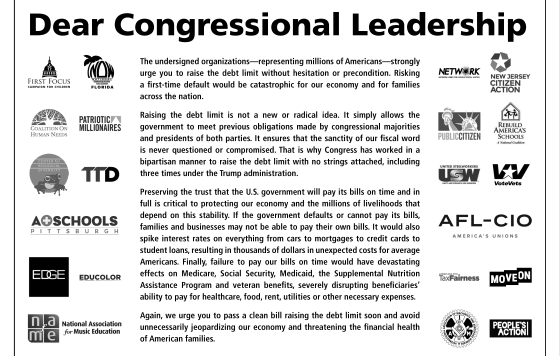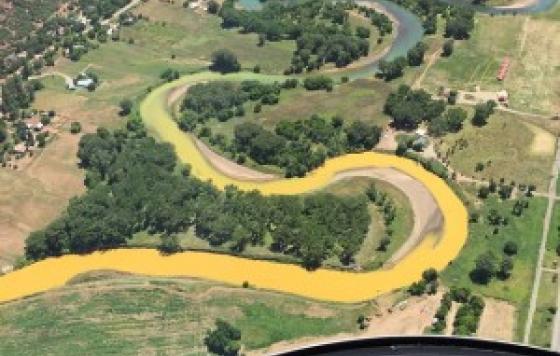
By Jennifer Clary, California Program Associate
The referenced media source is missing and needs to be re-embedded.
In February two reports about Californians’ drinking water quality were delivered to the state legislature. The first report “Californians with Contaminated Groundwater” found that the source water for 21 million Californians is contaminated and that nearly half a million Californians have unsafe water at the tap (see footnote 1) . The second report “Recommendations Addressing Nitrate in Groundwater” provides 15 recommendations to prevent continued contamination of groundwater by nitrate and provide safe drinking water in two of California’s most intensively cultivated agricultural areas.
The highest priority recommendation from California’s State Water Quality Control Board is that “a new funding source be established to ensure that all Californians, including those in Disadvantaged Communities (DACs) have access to safe drinking water.”
In light of this recommendation, Legislators were shocked on April 18 when US Environmental Protection Agency (EPA) issued a notice of non-compliance to California’s Department of Public Health (DPH). DPH runs the Safe Drinking Water State Revolving Fund (Fund), a federally program that is the primary source of infrastructure funding for small communities. Simply put – it’s how small communities get the money needed to build and maintain drinking water systems. California receives over $80 million per year to provide grants and loans to improve drinking water systems. The reason for the notice? The Department has $455 million in undisbursed federal grant funds, the largest unspent balance in the country!! How can one state agency urge the need for a new funding source, while another has more than 5 years worth of unspent funds? And how can so much money remain unspent, while so many Californians lack safe drinking water?
There are no easy answers, as the State Senate’s Committee on Environmental Quality found out on Wednesday. The Committee called on a number of experts and I was asked to identify why the money was unspent and how the situation could be resolved. Watch that hearing here (my testimony begins at 2:44).
Some of the major issues include staff losses and furloughs due to the recession, a lack of financial management, and limited flexibility due to the Department’s onerous regulatory process. Also, the Department has long failed to prioritize safe drinking water. In response, Clean Water Action is sponsoring a bill (AB 145, Perea) that would remove the Drinking Water Program from the Department and combine it with the State Water Quality Control Board.
The Department has 60 days to provide a plan to US EPA on how they plan to address their non-compliance. Advocates for communities without safe drinking water fear that the pressure to spend this money will mean that a few well-heeled water agencies will be provided with interest free loans. Meanwhile, more than 600 projects to address public health issues (more than 2/3 for projects to deal with nitrate and/or arsenic contamination), more than 150 from disadvantaged communities, may be left on the shelf.
Because of the EPA’s action, we now know that communities were deprived of available funding due to the Department’s inability to address clear and growing management problems. The fear is that the communities most in need of funding will be deprived again when the Department prioritizes high-dollar, shovel-ready projects in order to bring down their unspent Fund balance.
Unfortunately, this unnecessary emergency also crowds out a needed discussion about the best ways to help communities achieve and sustain safe drinking water. The Legislature passed the Human Right to Water Initiative last year; but for that initiative to result in real improvements, state government needs to evolve.
[1] This report counted only community water systems that provide drinking water to at least 15 service connections; this covers about 1/3 of the 7500 public water systems in California. About two million Californians are not served by a community water system, but rely on a private well for their water supply.Related Posts
Stay Informed
Get the latest updates and actions:
Thanks for signing up!
There was a problem processing your signup. Please try again.


